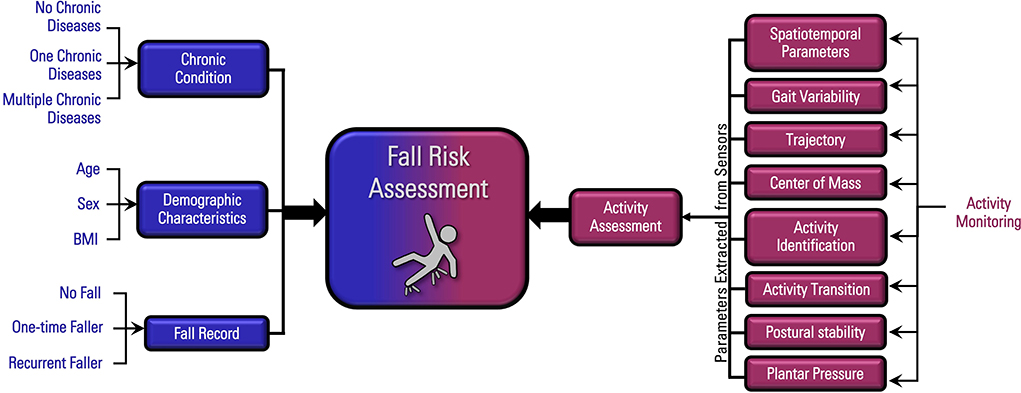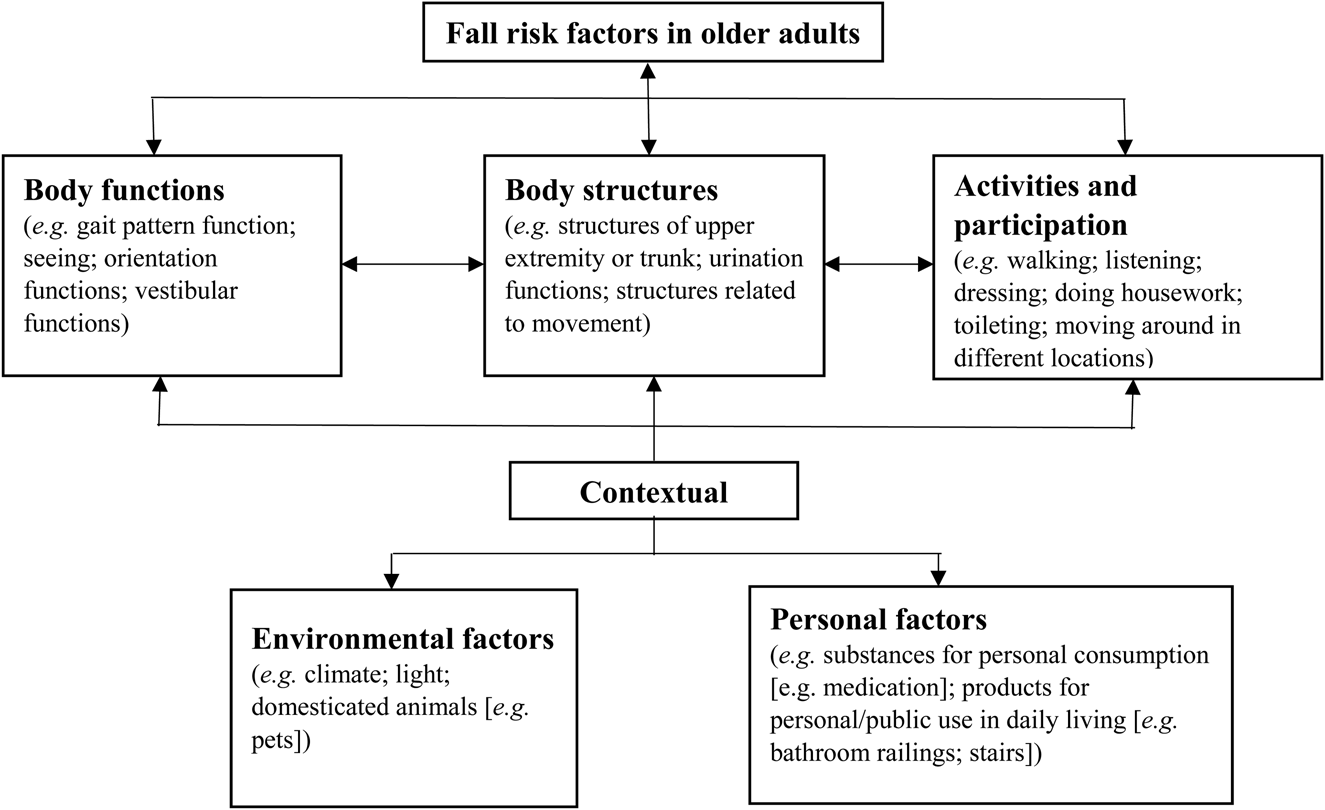Dementia Fall Risk Fundamentals Explained
Table of ContentsAbout Dementia Fall RiskOur Dementia Fall Risk StatementsSome Known Facts About Dementia Fall Risk.What Does Dementia Fall Risk Mean?Dementia Fall Risk Can Be Fun For Everyone
The FRAT has three areas: fall danger status, threat aspect checklist, and activity strategy. A Fall Danger Condition consists of information about background of current falls, medications, emotional and cognitive status of the person - Dementia Fall Risk.If the person scores on a threat aspect, the corresponding variety of points are counted to the person's autumn risk rating in the box to the much right. If a patient's autumn threat score completes five or higher, the individual is at high danger for falls. If the person scores just 4 points or reduced, they are still at some threat of falling, and the registered nurse should use their finest clinical evaluation to take care of all fall threat aspects as component of a holistic care strategy.
These common approaches, in basic, aid create a risk-free atmosphere that minimizes unintended drops and defines core safety nets for all clients. Signs are vital for patients in danger for drops. Health care providers require to acknowledge that has the problem, for they are accountable for executing actions to advertise individual security and avoid drops.
Dementia Fall Risk Things To Know Before You Buy
Wristbands should include the client's last and very first name, date of birth, and NHS number in the UK. Only red color should be used to signal special client condition.
Products that are as well far may require the patient to reach out or ambulate unnecessarily and can potentially be a hazard or contribute to falls. Helps avoid the client from going out of bed without any assistance. Nurses respond to fallers' telephone call lights faster than they do to lights launched by non-fallers.
Visual problems can considerably trigger falls. Keeping the beds closer to the floor lowers the danger of falls and severe injury. Placing the cushion on the floor significantly minimizes fall threat in some healthcare setups.
The Basic Principles Of Dementia Fall Risk
Patients who are high and with weak leg muscular tissues who try to sit on the bed from a standing placement are most likely to fall onto the bed since it's also reduced for them to lower themselves safely. Likewise, if a high patient attempts to get up from a low bed without support, the individual is most likely to drop back down onto the bed or miss out on the bed and drop onto the flooring.
They're made to advertise prompt rescue, not to stop drops from bed. Audible alarm systems can additionally advise the person not to stand up alone. Making use of alarm systems can additionally be a replacement for physical restraints. Apart from bed alarm systems, raised guidance for risky individuals likewise may aid protect against drops.

People with a go to this site shuffling stride rise fall possibilities drastically. To reduce autumn threat, footwear should be with a little to no heel, thin soles with slip-resistant step, and sustain the ankles.
5 Easy Facts About Dementia Fall Risk Described
In a research, homes with ample illumination report less drops (Ramulu et al., 2021). Enhancement in lighting at home might minimize fall prices in older adults.

Sitters are reliable for ensuring a safe and secure, safeguarded, and secure environment. Studies demonstrated very low-certainty evidence that caretakers decrease fall risk in acute care medical facilities and only moderate-certainty that options like video monitoring can reduce sitter usage without increasing fall risk, recommending that caretakers are not as valuable as originally thought (Greely et al., 2020).
The Greatest Guide To Dementia Fall Risk

Increased physical fitness reduces the danger for drops and limits injury that is endured when fall transpires. Land and water-based workout programs might be similarly valuable on balance and stride and therefore decrease the danger for drops. Water exercise may add a favorable benefit on equilibrium and stride for women 65 years and older.
Chair Increase Workout is a simple sit-to-stand exercise that aids enhance the muscular tissues in the thighs and buttocks and boosts mobility and freedom. The goal is to do Chair Increase workouts without making use of hands as the client ends up being stronger. See sources area for a detailed direction on exactly how to execute Chair Rise exercise.
Comments on “The Basic Principles Of Dementia Fall Risk”